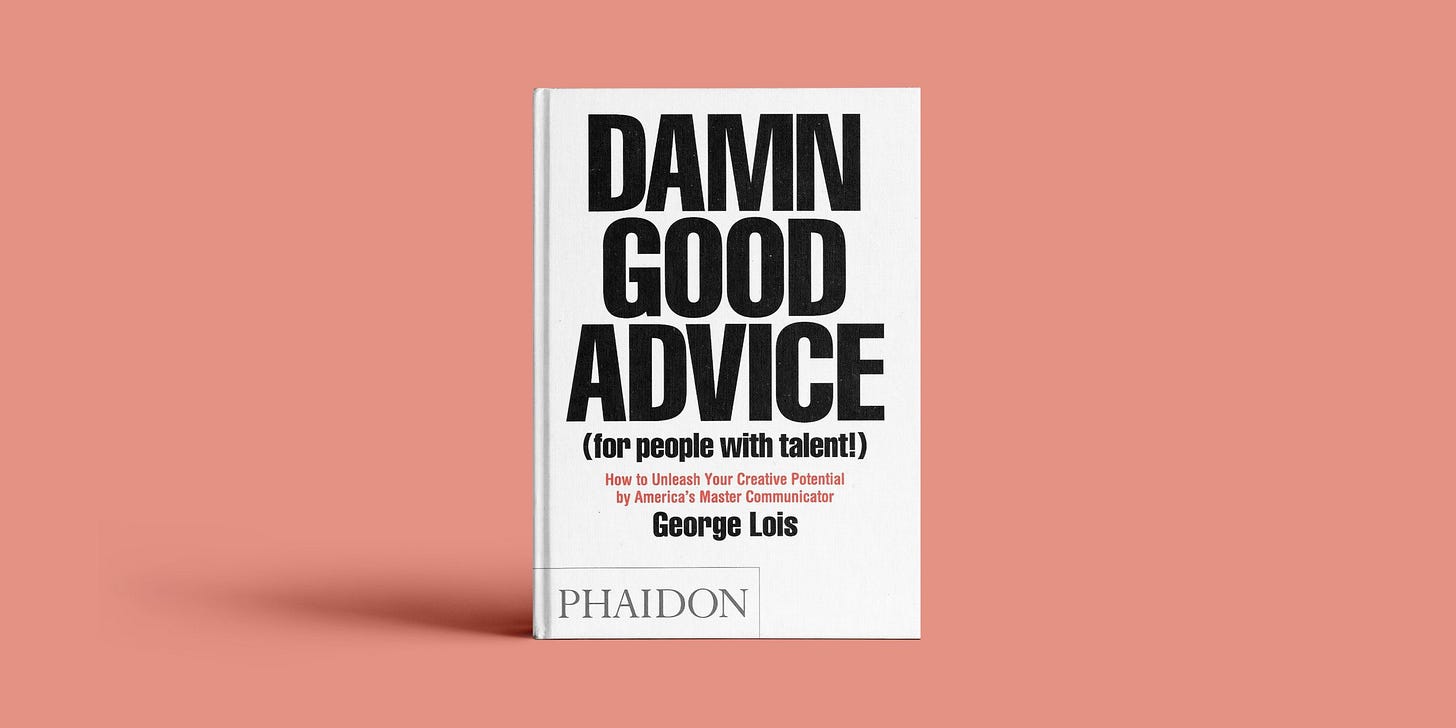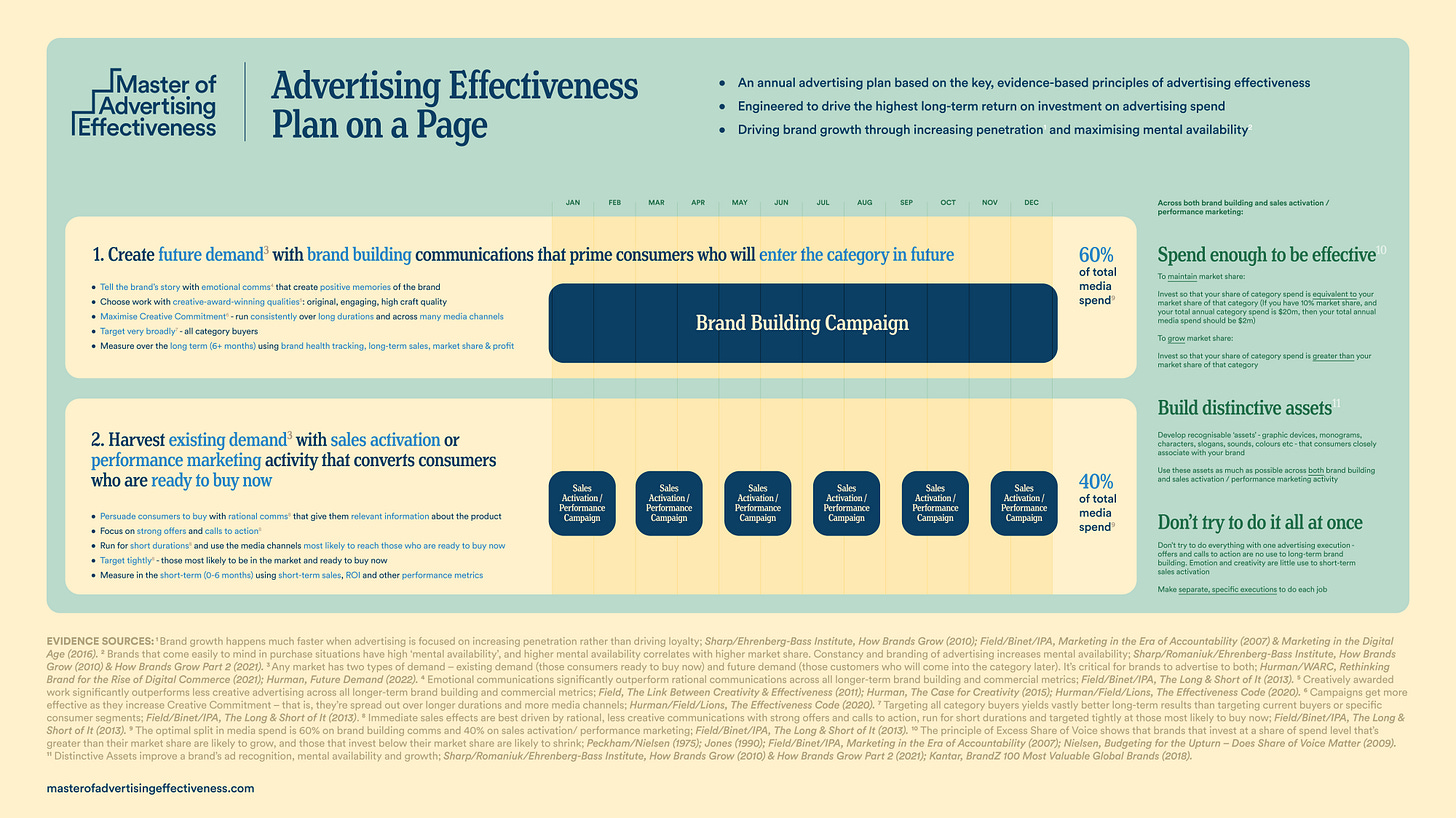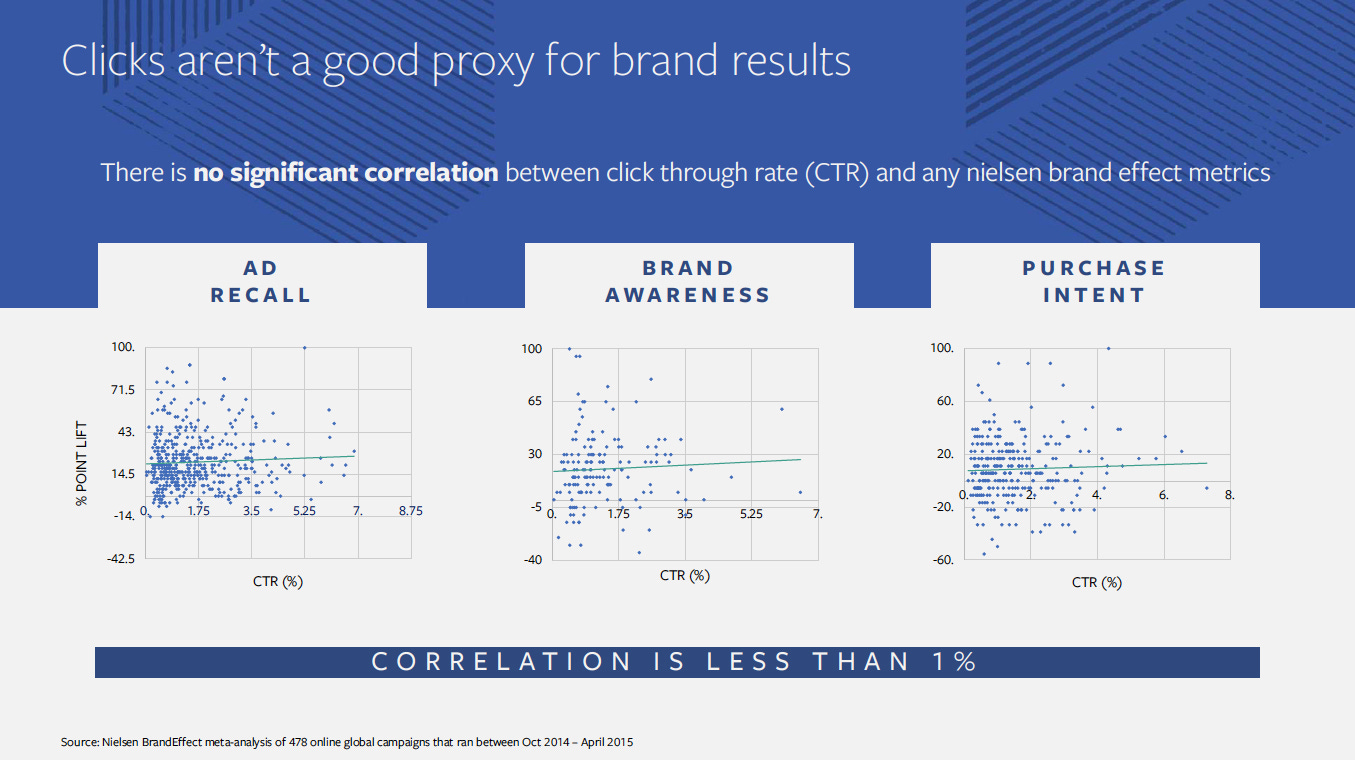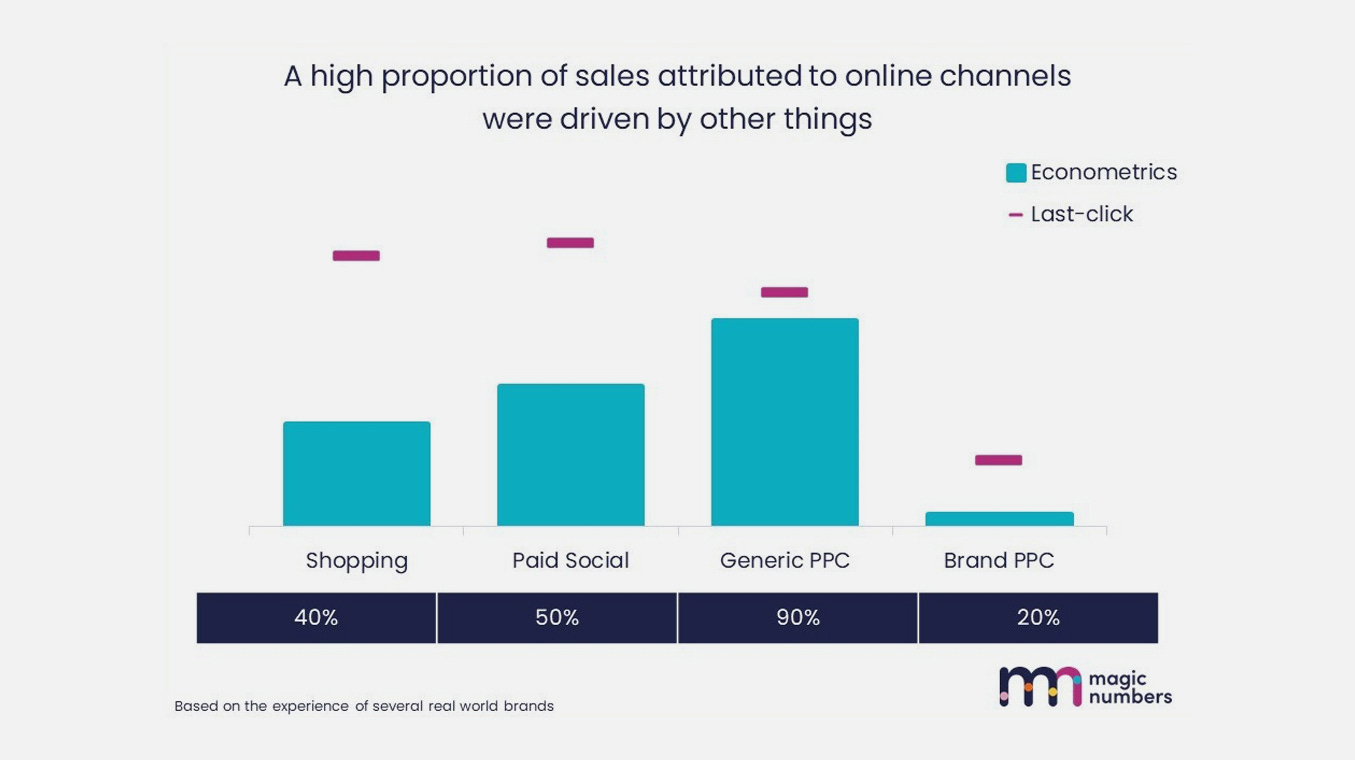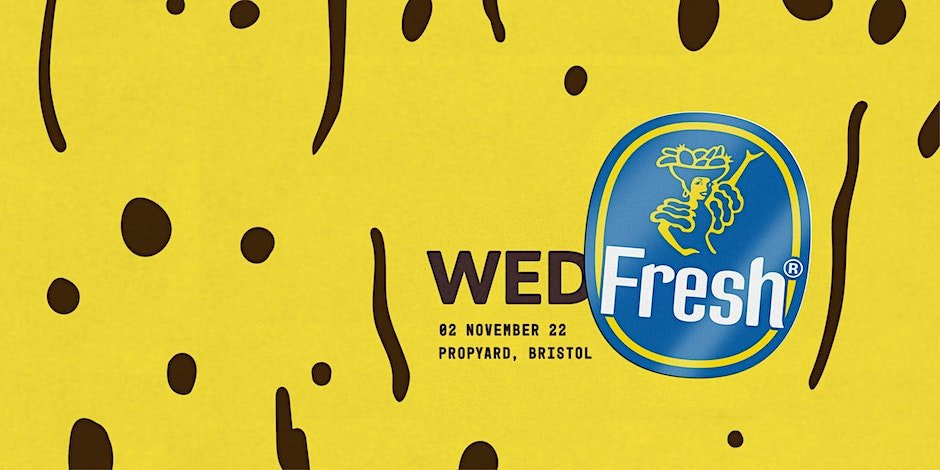Alex Murrell: Edition #006
Welcome
Welcome to Edition #006 of Strategy Made Simple.
This newsletter captures the best of what I’ve written, recorded and read since the last issue came out in August.
Enjoy.
Articles
The Digital Dark Side, published in September 2018, covers the challenges of fake products, fake reviews, fake influencers, fake followers and fake engagement. Here's. quick intro:
The advent of digital media promised so much. Savvy shoppers would no longer be surreptitiously swayed by advertising alone. The internet would enable them to research products. Social media would allow them to share their experiences. And ecommence would provide the power to compare prices. Unfortunately, this pledge is increasingly looking like a pipe dream. A far-flung fiction. An unattainable utopia. This is the story of the digital dark side. Told in five parts.
I'm working on the next article as we speak (more on this later in the newsletter). In the meantime, I hope you enjoy The Digital Dark Side.
Summaries
George Lois is a member of the Art Directors Hall of Fame, the Advertising Hall of Fame and the Copywriters Hall of Fame. His book, Damn Good Advice is full of lessons learnt from a career as one of world’s most famous ad executives. This summary highlights five of my favourites.
I've recently been reading a lot of non-industry books (currently midway through Collapse by Jared Diamond), but I'm going to dive into How Brands Grow Part 2 by Jenni Romaniuk and Byron Sharp next.
Keep an eye on Twitter or LinkedIn for the summary.
Links
Here’s three of the best things I’ve read over the last few months.
Advertising Effectiveness Plan On A Page
James Hurman shared this one-pager that brings a lot of the research on marketing and advertising effectiveness together into a single slide. You can see how much James has condensed into this slide by looking at the list of sources! Super useful.
Clicks aren’t a good proxy for brand results
A piece of research conducted by Facebook and Nielsen shows that click-through-rates (CTR) have no significant correlation with ROI, ad recall, brand awareness or purchase intent. Furthermore, the presentation says, “90% of people who viewed ads and then bought, did not click”. You can find the report, and a good summary of it, by Ian Barnard here.
A high proportion of sales attributed to online channels were driven by other things
Dr. Grace Kite shared an interesting slide over on the Magic Numbers blog. It shows the percentage of sales attributed to different channel by ‘last click’ attribution models that an econometric analysis later found to have been driven by other channels. I realise the graph is a little difficult to read so I’ll try to offer a simple interpretation. On paid social, last-click attribution is only accurate 50% of the time, on e-commerce it’s 40% and on brand brand PPC it’s just 20%.
Talks
This talk will form the basis of my next article. If you want the inside track, you can pick up your tickets here.
Archive
If you’d like to go back and read previous editions of this newsletter, the first five can be found below:
Over and out
Thank you again for subscribing to this newsletter. If you enjoyed the edition, feel free to share it with anyone who may find it valuable. You can also follow me on social to get more frequent updates. All the links can be found on my website.
As always, please do let me know if you have any feedback. I always love to hear from you.
Until next time,
Alex



